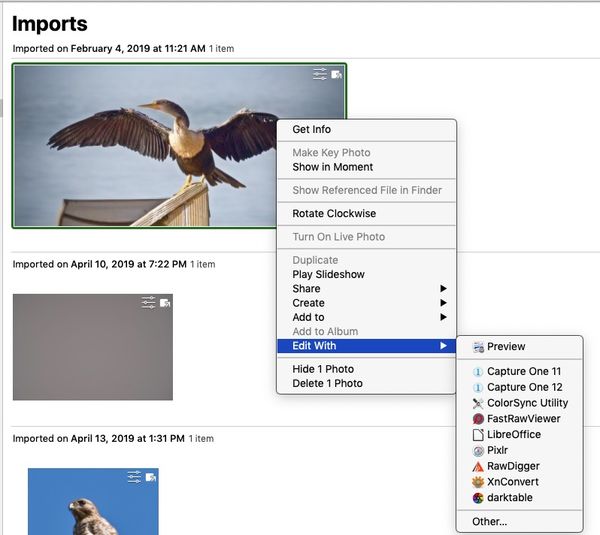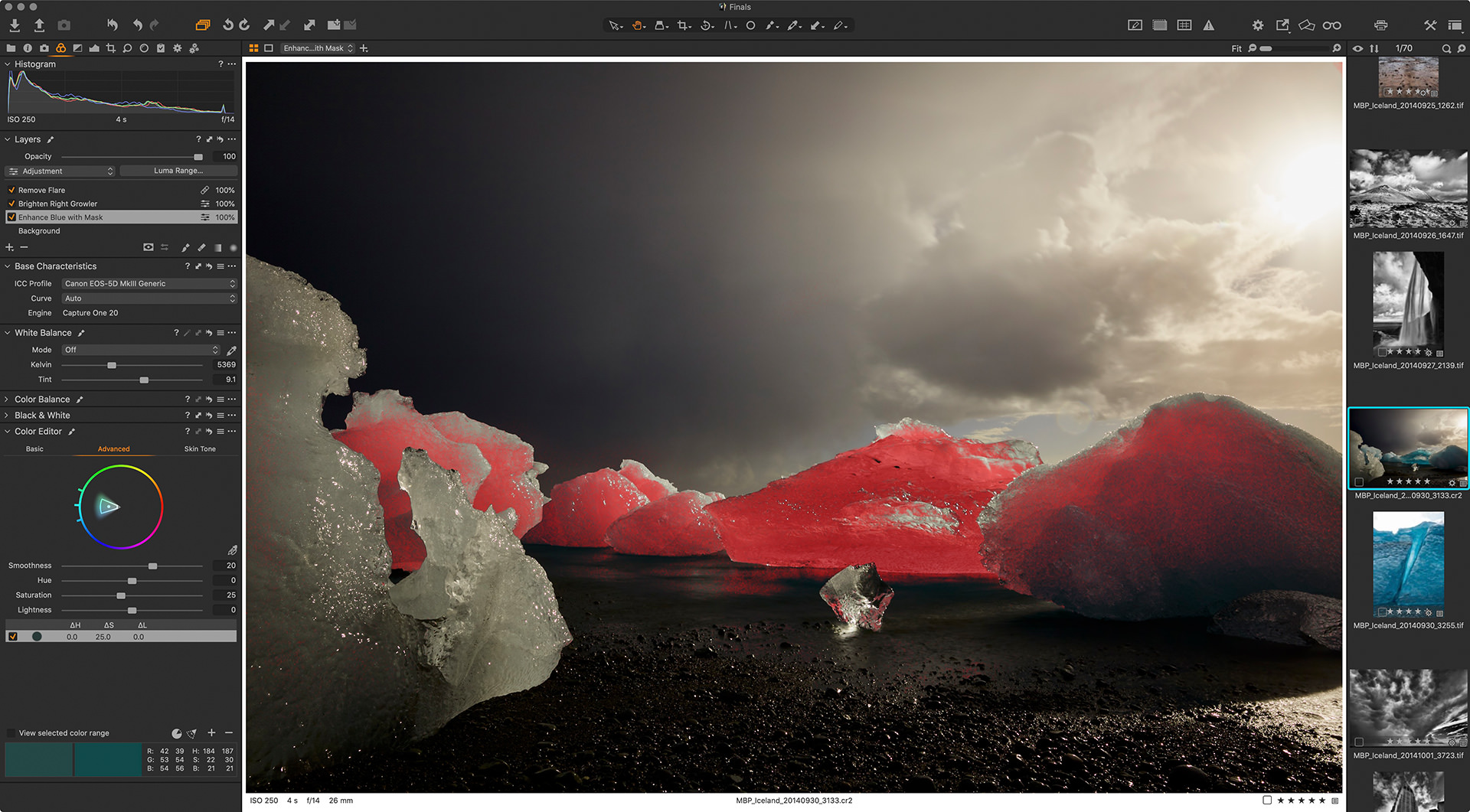


Most likely, we'll add 'common' TIFF files support to FRV in some future release to get 'all-in-one' viewer for photographers, but this is not small task, because '8-bit RGB only' is not enough (many photographers really use lot of TIFF flavurs in pre-production stage). To support possible TIFF formats for photographer one need to support RGB/Lab/CMYK/BW, 8/16/24/32 bits, different compression modes (and, also, layered TIFFs, masks, paths, multi-page files). Lightroom will record XMP sidecar files that other applications can read, that's the standard exchange mechanism. On the other side, TIFF is not 'image format', but extensible container (in fact, many RAW formats uses TIFF container, so we support some kinds of TIFF images) with lot of possible data inside. For Capture One / FastRawViewer to see those, you need to export metadata from Lightroom. But until now I have not managed to get the informations on exposure correction, White Balance. The import from FRV to C1 Session of the information on star rating and colour markings is working fine. We're focused on this task and on our unique set of features that no other image/raw viewer do: over/under exposure areas and statistics true raw histogram without any adjustment applied shadows and highlights inspection modes WB, contrast, and exposure correction change in viewer and a long list of future features in TODO. Forums: I am going to set my workflow up so that I can use FRW for culling before editing in my favorit RAW converter Capture One (Version 22).
FASTRAWVIEWER CAPTURE ONE FULL
Since I have 'Auto Sync Sidecar XMP' set to Full Sync in the settings, the XMP either gets created with the same naming convention upon import or if. In this course, I have put together everything that wasn't there for me when I first started out to create 'the course I wish I'd had' when I started - so that you can take what works for yourself without wasting your time on painful mistakes.FRV main purpose is to be the first step in workflow and cull images fast before any (slower) raw converter is used. I shoot both RAW and JPG files on my Fuji cameras and they get imported to CO elegantly renamed still as pairs (Example: IMG002.RAF -> NamingConvention1.RAF, IMG002.JPG -> NamingConvention1.JPG). I have been in a photography business for over a decade, and in that time I have both failed through making avoidable mistakes due to a simple lack of knowledge, and also seen great successes through implementing the right strategies. Personally, I use BetaRGB modified with gamma 1. If you want to make the most of your RAW files and optimize your photo editing workflow - this online course will take you through all the stages: Organizing, Raw Developing and Non-Destructive Editing to striking photos. I use Linear curve in Capture One when calculating the exposure offsets internally in their colour profiles Capture One designers use a tone curve very close to gamma 1.8, so you may want to consider something like ProPhoto RGB for proofing. This in-depth online course is designed to help photographers in creating professional, impactful images fast. According to Sekonic spot-meter, it is wider than 11 stops: Figure 1. Here is a typical wide dynamic range low-light scene. Let’s start with one of the problems, which arises as a result of non-optimal exposure for RAW. Nothing against FastRawViewer - it’s just something that people with mainstream raw converters do not need at all. Raw Development, Image Editing and Asset Management But now we need to explain what we mean when we say, optimal exposure for RAW. It’s absurd to believe the millions of people using Lightroom, Capture One, ACDSee, DxO, Affinity Photo and countless other converters are not getting excellent previews from their chosen software.


 0 kommentar(er)
0 kommentar(er)
